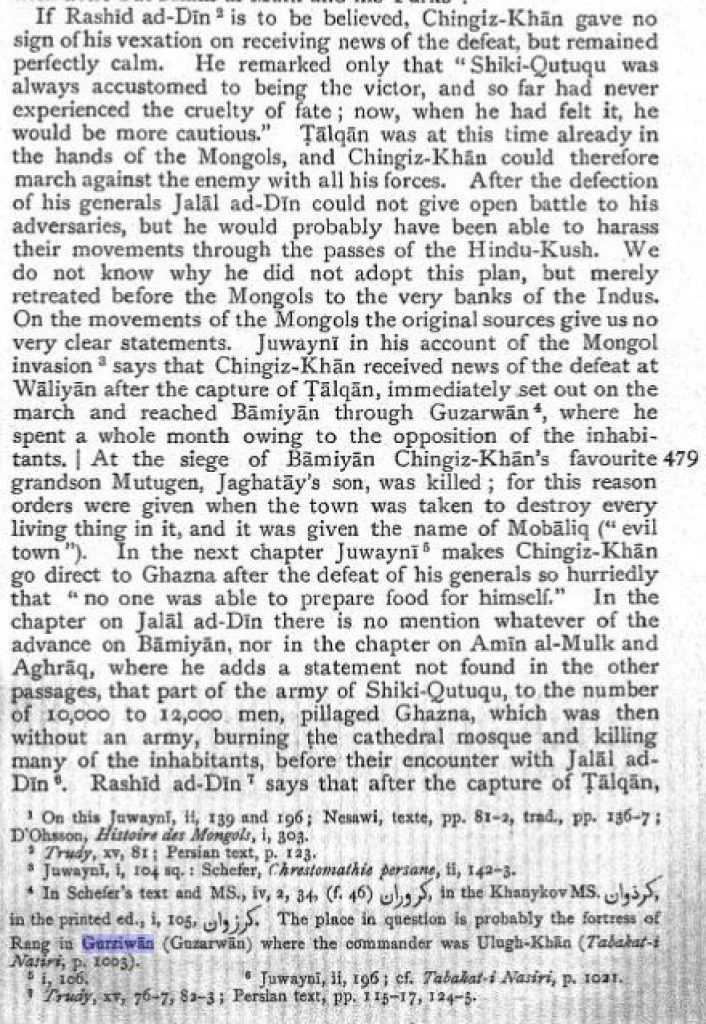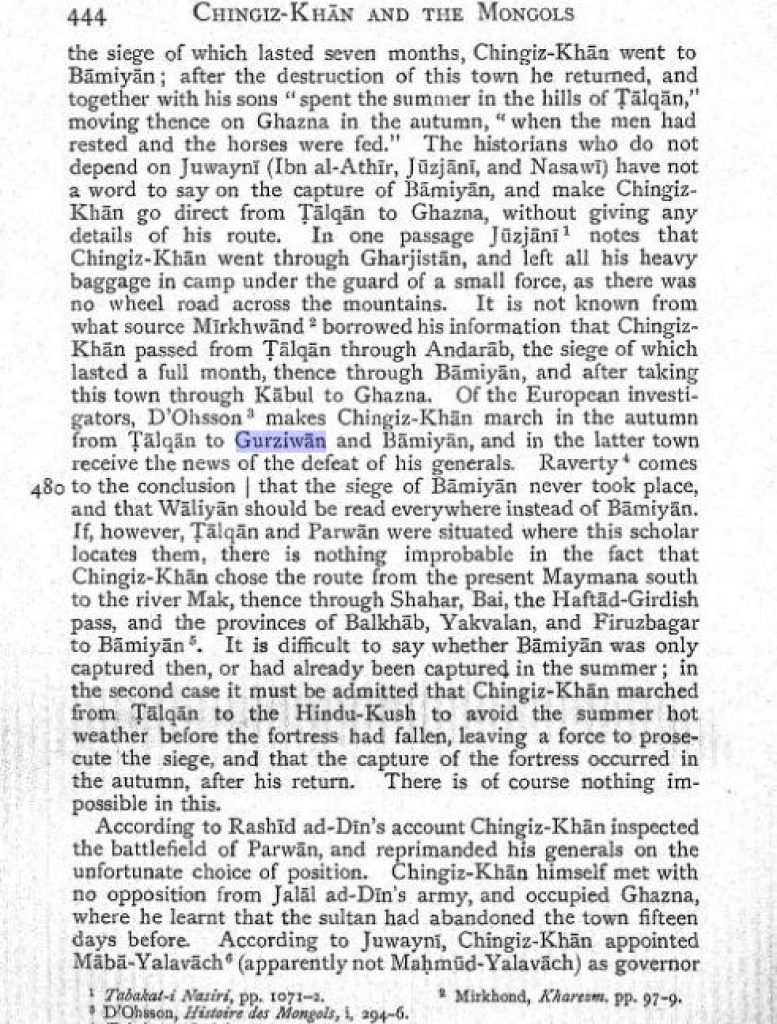Coins of the Malik of Kurzuwan: relics of Genghis Khan?
The conquests of the Asian steppe nomads were some of the most awe-inspiring – and brutal – chapters in history. Unsurpassed among the leaders of those tribes was Genghis Khan, who forged the Mongol Empire into one of the largest ever.
While his story was relatively well recorded – mainly by The Secret History of the Mongols and Ata-Malik Juvayni – much of Genghis Khan’s life (and, even more so, his burial) remains shrouded in mystique. To my knowledge, the only acquirable relics that might be firmly associated with Genghis Khan himself are remains of the cities he personally supervised the destruction of.
Extraordinary Artifacts
Some years ago I learned that a horde of coins had been found in just such a city – Kurzuwan – somewhere in what was the territory of the medieval Khwarazmian Empire, and circulated amongst collectors. I bought one bronze jital, inscribed in Arabic “Malik of Kurzuwan” (probably a local leader of whom history now knows nothing about) and “Rabi II 618 AH” (which translates to June 1221 AD). The story given by the seller – and some other numismatic websites – is that the city was under siege at the time the coin was minted by a force personally led by Genghis Khan, and that the siege ended only weeks later in Jumada I with the city destroyed and everyone in it slaughtered. This – and other Kwarazmian coins – are also discussed here (where it is mentioned that Kurzuwan is today in Afghanistan).
This is a rare and unique “Malik of Kurzuwan” siege fals, minted during the Jumada 618 AH era in Kurzuwan under Chengiz Khan. The coin is composed of high-quality copper with a fineness of 0.9999, making it a valuable addition to any collection. This Islamic coin is ungraded and uncertified, but its authenticity is guaranteed by Numis Hobby Shop, a trusted brand in the coin collecting community. The denomination of the coin is seize fals, which was a common currency during the medieval era. This coin is a must-have for any collector interested in medieval Islamic coins. #NumisHobbyShop……
Anonymous siege coin, struck during the Mongol siege by the local Malik of Kurzuwan. Obverse: Al-Malik in central circle, with month (Rabi-II fourth month of Islamic Lunar calendar) and year 618 AH (1221 CE) around, outer border of connected dots.
It was devastated by the Mongols led by Tolui (son of Chinghiz Khan) under the orders of Chinghiz Khan in 1221 CE. The Mongol onslaught was a reaction to the animosity shown by the Khwarizmshah Ala al-Din Muhammad-II who had killed Chinghiz Khan’s emissaries and refused any diplomatic / trade relations.
Uncertainties of the Past
Since I found no sources for the information provided about the Malik of Kurzuwan siege coin, I dug into some old texts to see if I could verify the presence of Genghis Khan at Kurzuwan in June 1221. In fact, it seems difficult to be entirely certain that Genghis Khan was at Kurzuwan at all, let alone when these coins were struck. According to pages 479 and 480 of Chingiz-Khan and the Mongols, various historians disagree on the movements – and timings of movements – of Genghis Khan as of June 1221 and thereabouts. Apparently, Abraham Constantin Mouradgea d’Ohsson determined that Genghis Khan did pass through Kurzuwan (possibly variously spelled as Gurziwan, Kurziwan, Guzarwan, etc.), but not until autumn. More encouragingly, the best recognized medieval source – Juvayni – also placed Genghis Khan at Kurzuwan for a month-long siege.


What seems fairly certain is that Genghis Khan was at Taloqan (Talqan) in 1221, and from there took one of several routes in pursuit of Kwarazmian commander Jalal ad-Din Mingburnu; and also that Kurzuwan was subjugated by the Mongols sometime between the minting of these coins in June 1221 and the autumn of that same year at the latest.
Where is Kurzuwan?
The only similarly-named place I can find is Gurziwan District in nothern Afghanistan, which is far out of the way from the route between Taloqan and the Indus to the south – about 270 miles west, as the crow flies, across the rugged Hindu Kush. However, it is only a short distance southeast from Maymana. According to the text above, “there is nothing improbable in the fact that Chingiz-Khan chose the route from the present Maymana south to the river Mak, thence through Shahar, Bai, the Haftad-Girdish pass…” There is now a village called Magh on the same river that the present-day Gurziwan sits alongside. Perhaps, then, it’s safe enough to have confidence in the idea that Kurzuwan correlates with Gurziwan, and Genghis Khan himself directed its destruction. But then again, it may also be possible that the unfortunate city where these coins were minted was so utterly devastated that it was literally wiped off the map. That may seem impossible, but consider how Merv – also sacked by the Mongols – went from one of the largest cities in the world to completely abandoned.
If you have any more information about these intriguing relics – or any others related to Genghis Khan and the Mongols – I’d love to know!









hi,I have a rare Mongolian helmet of Subutai`s siege on Kiew .Technically the best and modern helmet of that time .